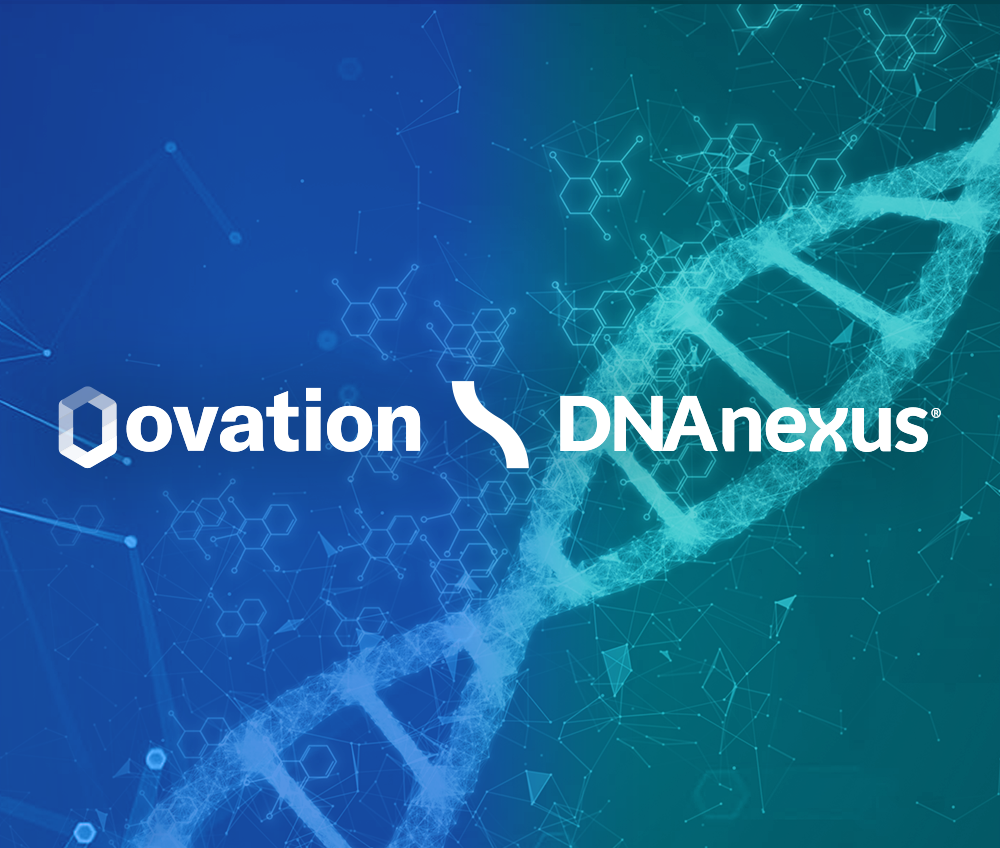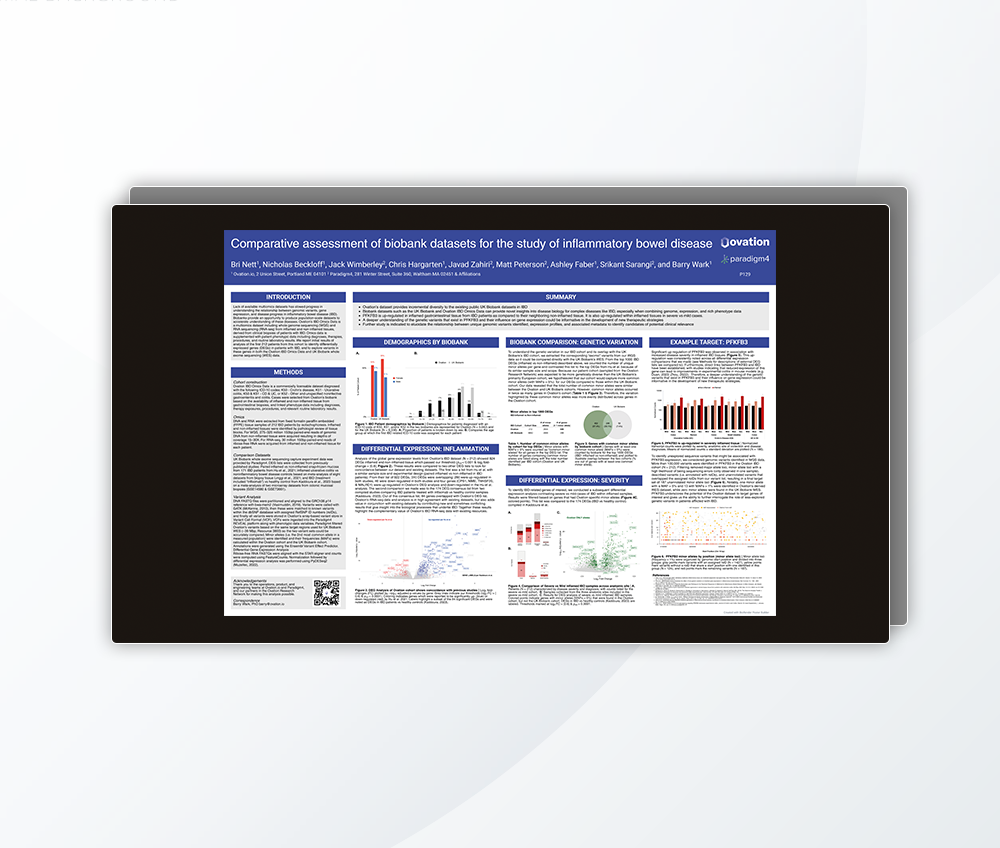Reporting of SARS-COV2 Results
If you have a shortage of testing supplies, call 1-888-INFO-FDA (1-888-463-6332) and press * or Email deviceshortages@fda.hhs.gov
As detailed in our previous blog, the reporting requirements of patient results include positive, negative and inconclusive/indeterminate. Some state health departments were only reporting positive cases. The CDC and the Council of State and Territorial Epidemiologists (CSTE) require full, comprehensive identifiable information of the patient. It is critical for labs to submit full case reports (as complete as possible) to the state health departments as rapidly as possible. Janet Hamilton of the Council of State and Territorial Epidemiologists (CSTE) requests that the reporting of patient results include patient demographic data to be as complete as possible in electronic form. Specifically, patient name (preferably first, middle initial, last), sex, date of birth, residential address, telephone number(s), and email address(es) are considered patient demographic data in addition to the test results.
In turn, the state health departments will report the lab findings to the CSTE/CDC to monitor and manage the outbreak of the COVID-19 accurately.
The logistics of such reporting requirements are very much still in flux, however there is a requirement that the information is in electronic format. It is the responsibility of the lab who performs the tests to do the reporting. Concomitantly, the institutions that are not running the tests are asked NOT to report the patient results to avoid duplication or confusion of cases. CSTE requests this strategy as the best [only] method for accurate case identification so that CSTE can contact the patient directly in their review and investigation of cases. As much patient information as possible is being requested – see the PUI form as an example of information requested by the CDC/CSTE from the local state health departments.
Ovation has designed a report to capture most of the relevant information that can be exported from your OvDx system: FEMA example and State/CDC example.
Contact your state health department to coordinate how to report your lab testing results to your local health department electronically.
A Directory of Local Health Departments can be found at this link:
https://www.naccho.org/membership/lhd-directory
along with after hours contact information to the state CSTE for reporting patient results:
https://www.cste.org/page/EpiOnCall
COVID-19 is a reportable disease in all jurisdictions. There are other reporting requirements depending on whether you are an independent lab, a core lab in a hospital or a state lab. For example, hospital labs have received a request from FEMA and HHS to report the number of cases and the results using the reporting template (FEMA HHS Daily Hospital COVID-19 Reporting).
Ovation has designed a report to capture and aggregate this information by state of residence and zip code for each patient result that can be exported from your OvDx.
The frequency of reporting will vary according to the jurisdiction. A typical frequency is daily or every 24 hours. The California Department of Public Health is requesting the reporting of a positive case within the hour of discovery, while the FEMA HHS reporting is 5:00 PM EDT daily.
Reporting SARS-COV-2 results with detailed patient information including contact coordinates is crucial in managing the infection rates primarily carried out by the CSTE. “A big part of the problem is the inability to conduct “contact investigations.” These investigations involve figuring out everyone an infected person may have been in contact with. This requires a lot of time and labor – two resources that just aren’t available in a strained system. It’s easy to see how quickly cases can spread without information from contact investigations”, quoted from Dr. Eduardo Sanchez. Dr. Sanchez is the American Heart Association’s chief medical officer for prevention and a former state health commissioner of Texas. He has dealt with major public health crises, including the SARS outbreak (COVID-19 science: Why testing is so important).



